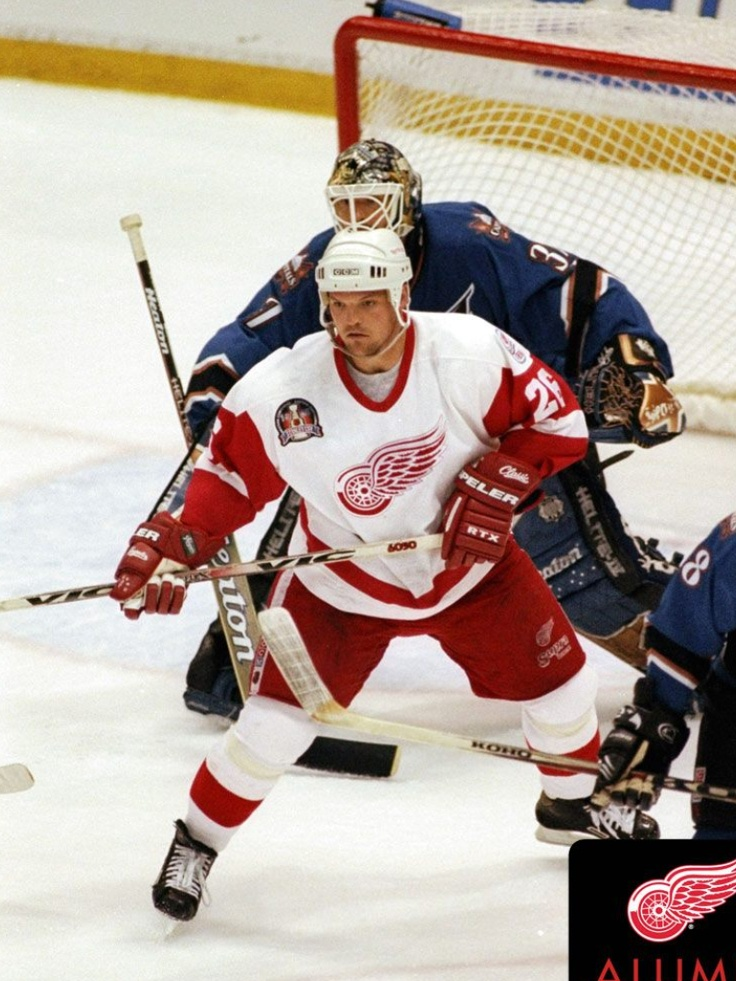Working The Red Line EP.1
- Jack Larmer

- 3 days ago
- 3 min read

Sports can be a direct reflection of life. They offer a clear example of how things grow and change over time. Often, we find ourselves watching the games we love evolve with the times, sometimes losing the very things that once made us want to staple ourselves to the couch for hours on end. The game itself will always change. Rules and regulations adapt with the times, and naturally, the strategy of the game evolves as well. Whether it’s the NBA’s obsession with shooting as many threes as possible or baseball’s modern focus on the “three true outcomes” (walk, home run, strikeout), the way these sports are played continues to shift. In hockey, we’ve witnessed the death of the enforcer and the gradual removal of fighting from the game.
Hockey in the 1980s marked a shift toward a more skilled era. Before what many call the golden era of hockey, the game was played with three forward lines and four defensemen. If you wanted to fight, you did it yourself. It was an age where players like Bobby Clarke would rack up more penalty minutes than points, impressive considering his career-high was 119 points. When four lines began to integrate into the NHL, it wasn’t to add more skill players; it was for coaches to say, "My guys are tougher than yours."
I was lucky enough to have a dad and an uncle who played a nearly combined 30 years of professional hockey, more than half of that in the NHL, who really introduced me to the game they knew. Fourth-liners in the NHL during the 80s and 90s created a culture where they would “work the red line.” This happened during warmups, where they wouldn’t loosen up by shooting, passing, or skating laps. Instead, they’d stand still at center ice, waiting for the other team’s enforcers to skate by and discuss what might take place during the game. Naturally, this led to countless brawls before puck drop and helped fuel some of the best rivalries in the sport.
Throughout this series, I’ll be diving into some of the best red-line “workers” and the outcomes of their careers.
It would feel wrong to start anywhere other than with the man I believe was the best fighter from his debut in 1984 to his retirement in 1999, Joey Kocur.

Kocur was drafted in the fifth round of the 1983 NHL Draft from the Saskatoon Blades of the Western Hockey League. In his draft year, he posted 40 points and 23 goals, but what stood out were his 289 penalty minutes in just 62 games. He made his NHL debut in 1984, picking up 64 penalty minutes in only 17 games and adding one goal. In his first full season, Kocur fought 10 times and piled up 377 penalty minutes in 59 games. He built fierce rivalries with notable enforcers like Jim Kyte and Link Gaetz and was famous for his battles with former teammate Bob Probert.
Kocur doesn’t always get the recognition he deserves, partly because he played alongside Probert during their Detroit years. Probert made plenty of headlines, both for his fighting and his well-documented struggles off the ice, but if you asked most players from that era, they’d tell you people fought Probert so they didn't have to fight Kocur.
Kocur was as tough as they come. Born and raised in Kelvington, Saskatchewan, he grew up alongside other future NHLers like Wendel Clark, Barry Melrose, and Kelly Chase. When asked where he aimed his punches, Kocur famously said he tried “to hit the back of the guy’s head by going through his face.” Pretty scary stuff from a guy who only stood six feet tall.
His most notable fight came against Jim Kyte in 1988. Check it out below:Joey Kocur vs. Jim Kyte (1988)
If I had to rank enforcers based on both career and fighting ability, it’s hard not to put Kocur at the top. He played over 800 NHL games and won three Stanley Cups with the Rangers and Red Wings. Kocur belongs in the history books as one of the most feared and respected enforcers the game has ever seen.


Comments